The Furniture: Indulging Fantasy in 'The Lost City of Z'
 Monday, July 24, 2017 at 10:12AM
Monday, July 24, 2017 at 10:12AM "The Furniture" is our weekly series on Production Design. Click on the images to see them in magnified detail.
The Lost City of Z begins with Percy Fawcett (Charlie Hunnam) in hot pursuit of a stag, risking his limbs to win the respect of his superior officers. Two things are obvious in an instant: his athletic ability and the enormous chip on his shoulder. Burdened by the memory of his alcoholic father, he throws his whole body into the quest for social redemption.
Unfortunately, this burst of exertion doesn’t pay off. He does get the stag, its lifeless head displayed prominently at the evening ball. But it’s not enough. The labyrinthine snobbery of England is presented by writer/director James Gray as an impossible obstacle, as resistant as the dense rainforests where Fawcett later seeks his fortune.
After this initial frustration, Fawcett accepts a cartographic mission to Bolivia. There, he is seduced by tantalizing stories of a lost city of gold. It becomes his obsession. In turn, the contrast between rigid England and lush Amazonia drives the film’s visual logic...
It’s especially clear upon his return to the Royal Geographical Society, where his ideas are met with scorn. His dream will not fit into its hierarchical halls, where orderly pews and sternly watchful portraits regulate discovery.
Unfortunately for Fawcett, he doesn’t have evidence. Production designer Jean-Vincent Puzos (The Childhood of a Leader) and set decorator Naomi Moore only offer details, hints from which his ambitious mind can leap to conclusions.
And these are few and far between. The wider design strategy is one of fantasmagoria, an uncanny atmosphere of dangerous suggestion. Nothing is as it seems on the river, where this wreck of a boat is but a corpulent trap.
Flamboyant brutality is everywhere. A Portuguese baron sits in his opulent lair and flaunts his illegal enslavement of indigenous people. Later, an Amazonian village displays an act of cannibalism. Neither of these scenes seems to bother Fawcett, whose fanatical attitude has already moved beyond any ethical consideration. He takes slaves with him up the river and partakes in the anthropophagous meal.
He is thus unmoored from the personal and professional expectations of England. His return is miserable. He argues with his colleagues and loses interest in his family. Not even his aggressively floral wallpaper can replace the density of the Amazon.
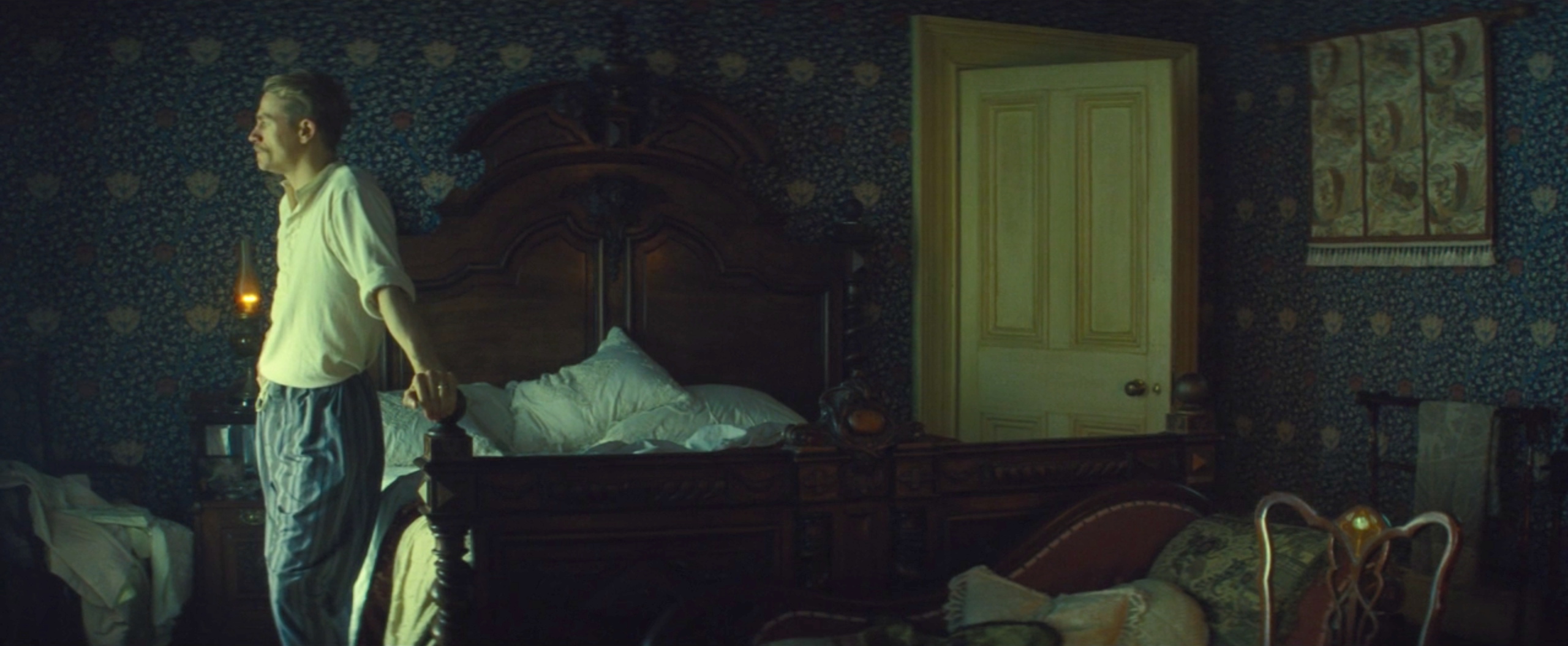
Fawcett’s hubris follows him even into the trenches of First World War. Urged on by an improbable fortune teller, he looks into a crude drawing of the jungle and yearns. It gets caught in the barbed wire of the Somme and flutters, wistfully.
As the film drags on, Gray begins to indulge the psychology of his protagonist. Fawcett’s last expedition is visually emancipated from the oppressive architecture of English officialdom, somehow both towering and claustrophobic. They finally arrive at a small indigenous village, its low thatch houses arranged around a large clearing. It’s the perfect opposite of the Royal Geographic Society.
The villagers take Fawcett to his final destination. Gray doesn’t actually show us a lost city, of course. But the winding parade of torches leads into the distance, where mysterious lights appear above the trees. It’s a hopeful disappearance for a man who has finally given up his dreams of English fame to pursue a more personal truth.
The problem is that it’s nonsense. Fawcett wasn’t looking for evidence of indigenous civilization, ancestors of contemporary Amazonians. He was a devotee of Theosophy, a racist and conspiratorial philosophy spearheaded by Helena Blavatsky, an occultist and author. The medium in the trenches suggests her presence, but obscures her ideas.
The Theosophist interpretation of history involved an Aryan Atlantis, among other theories that would fit right in on “Ancient Aliens.” Fawcett was looking for a “Great White Lodge” that had birthed a nebulous master race, an insane Eden. ‘Z’ was not his escape from the social hierarchy of his homeland, but rather the projection of an even more deranged worldview.
And so the most resonant set in the film is none of the above. Rather, it is the al fresco opera house of the rubber baron. Here is Così fan tutte, a European comedy of manners written for an Emperor, staged in the jungle at great expense. It’s a reminder that Fawcett isn’t any sort of hero, or even one of the conflicted scientists in Embrace of the Serpent. He’s Fitzcarraldo, whether or not Gray can see it.




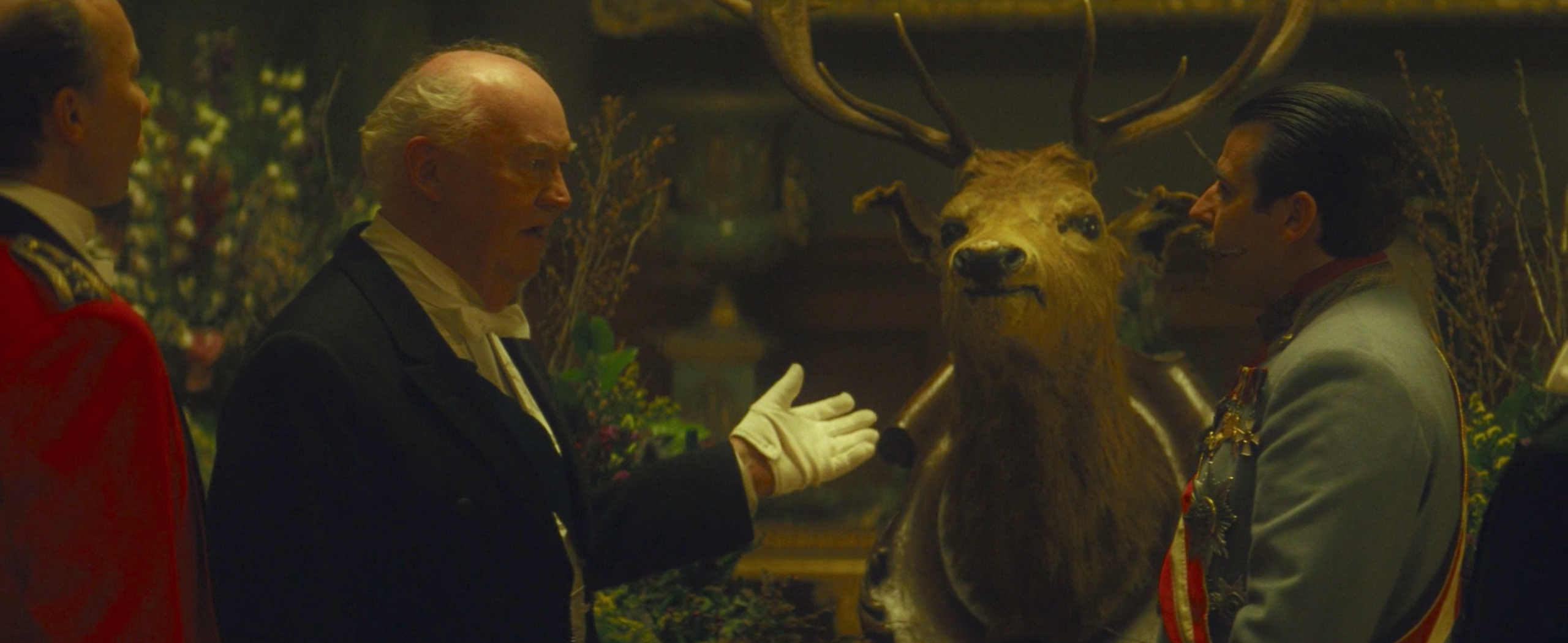
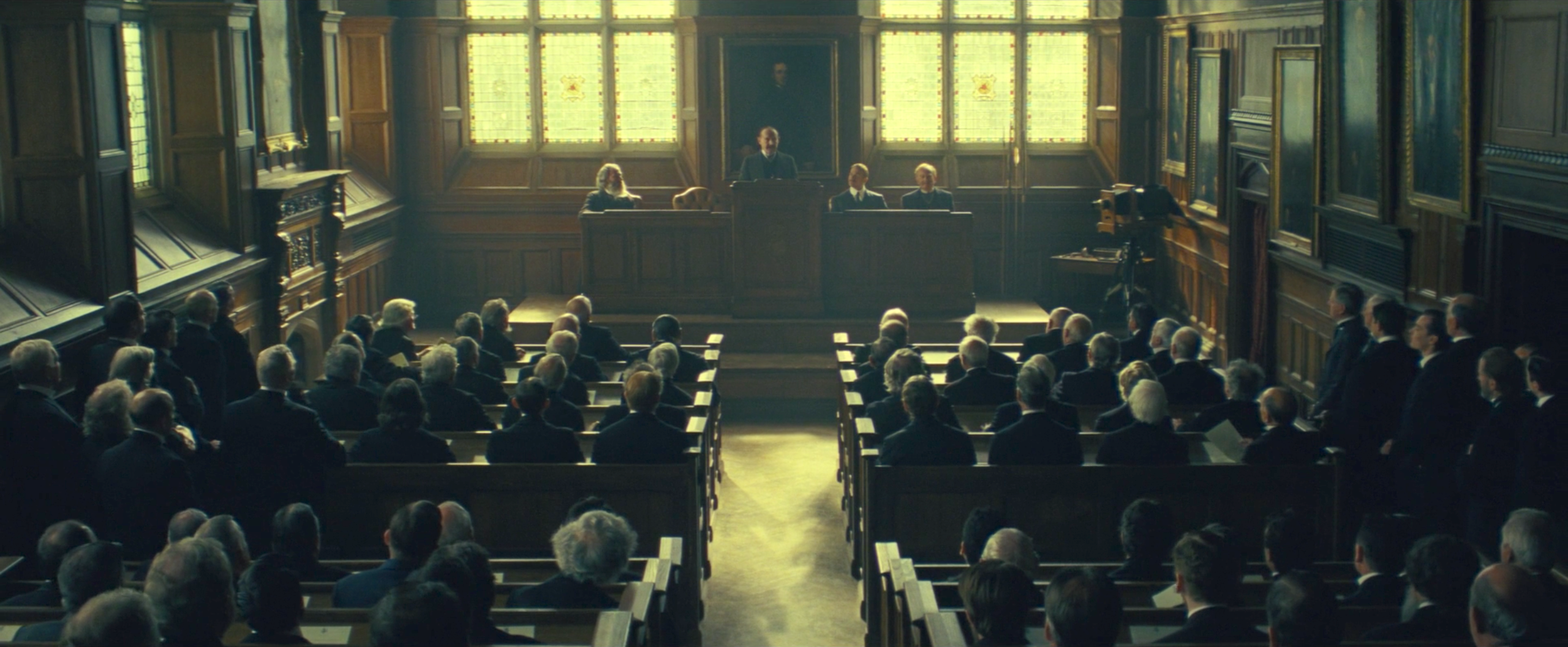

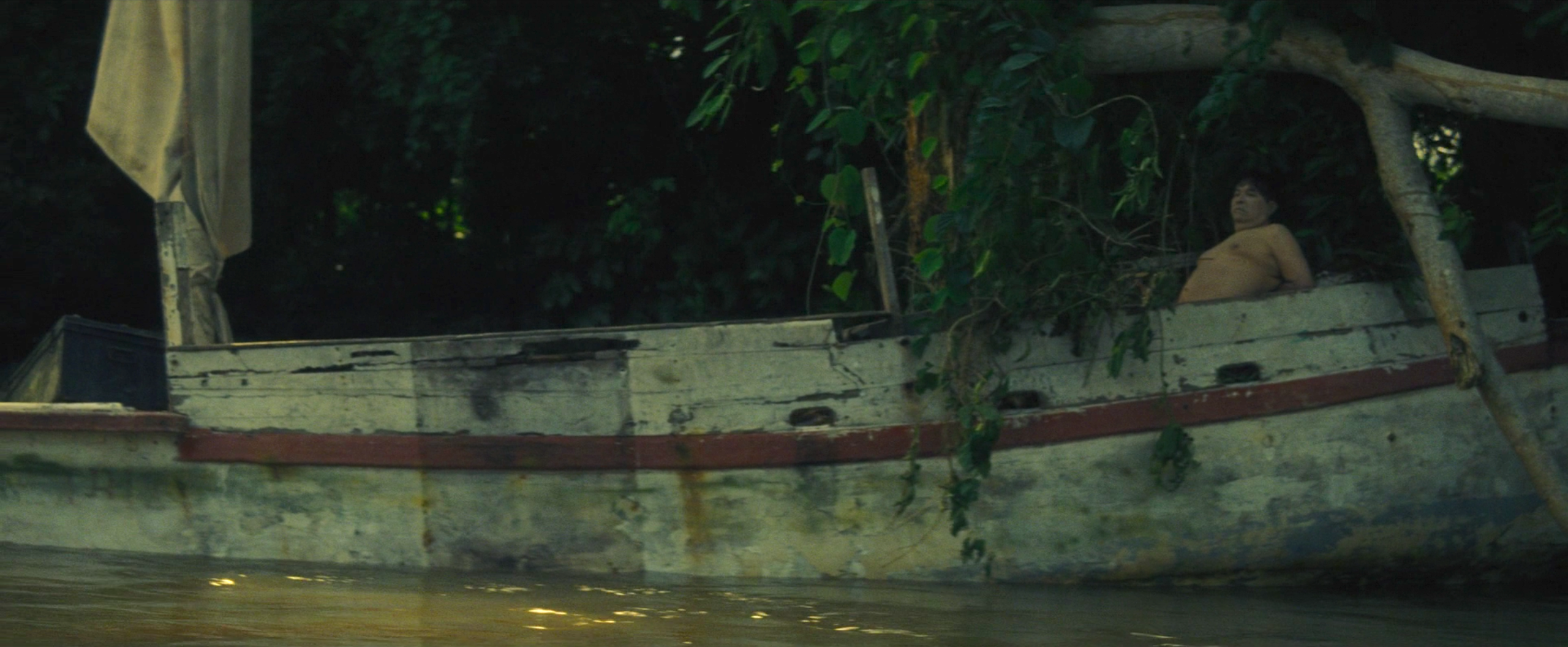
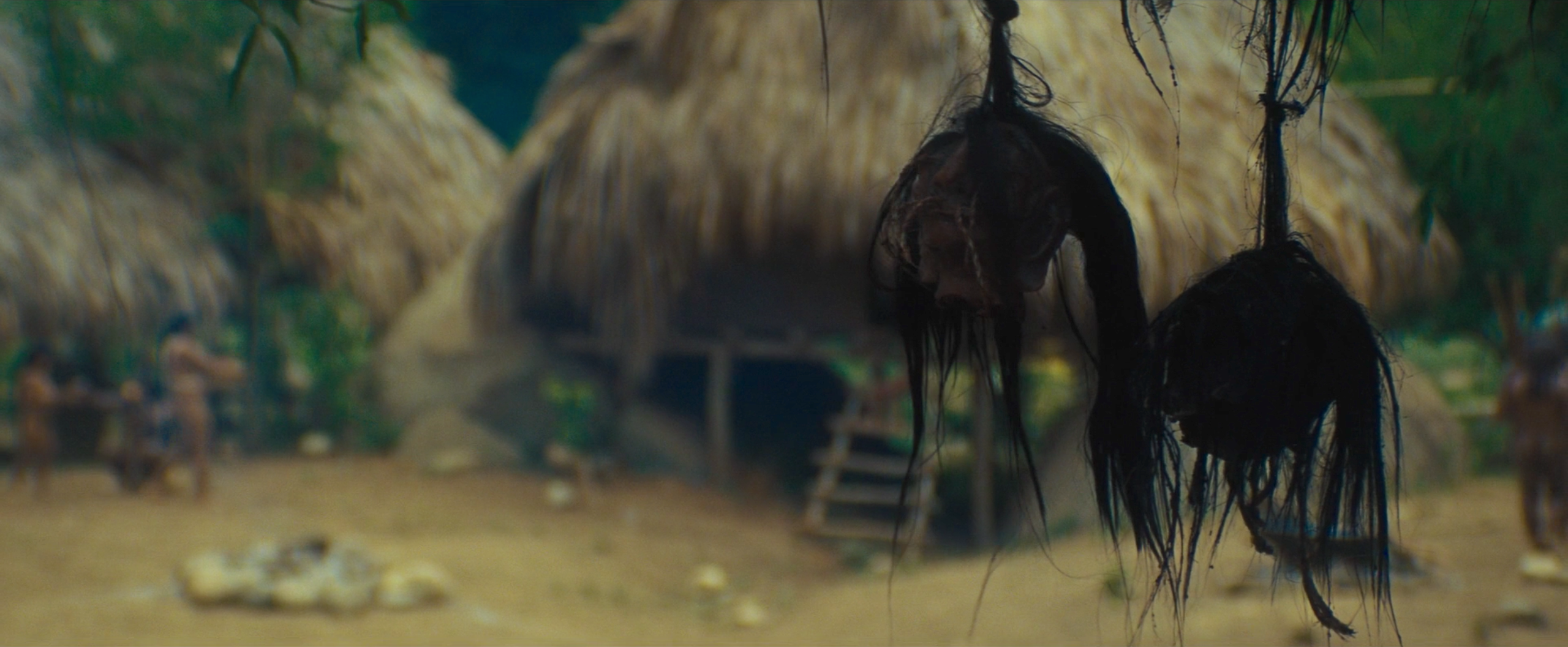
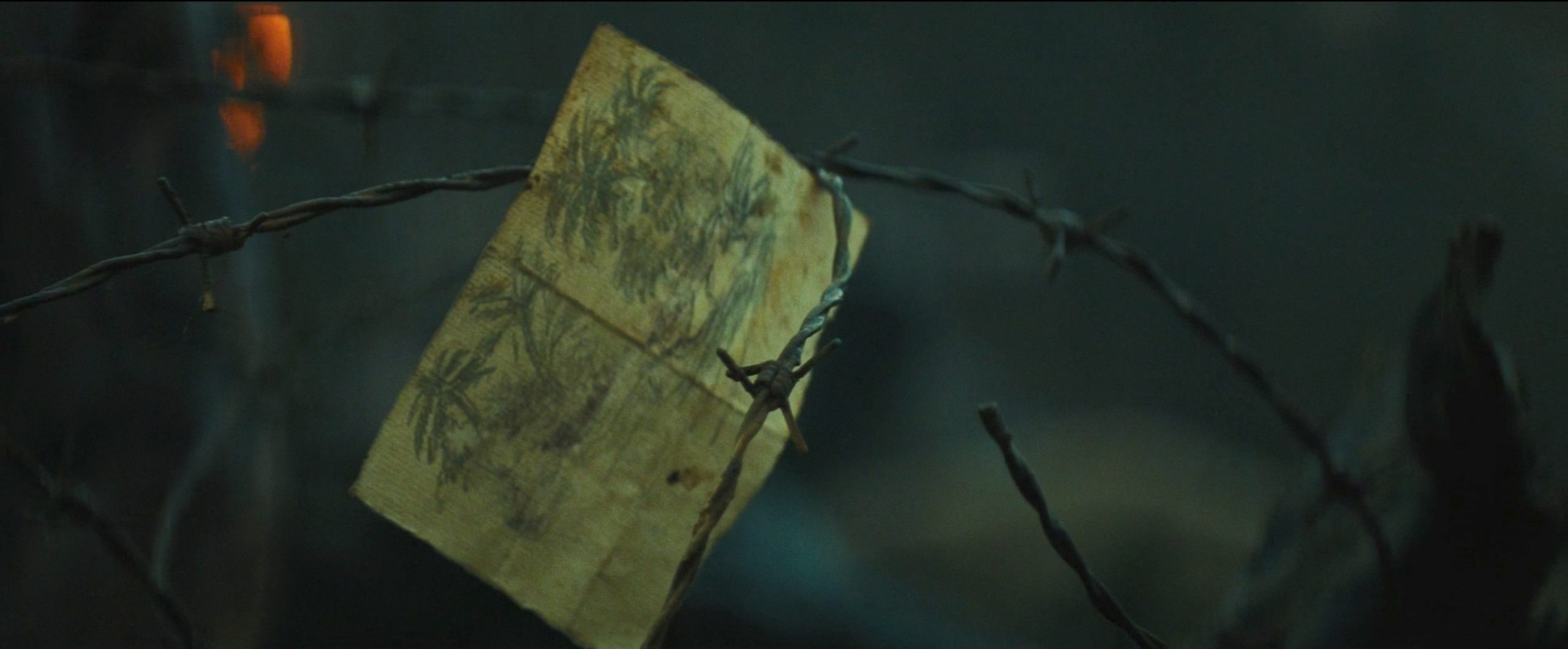
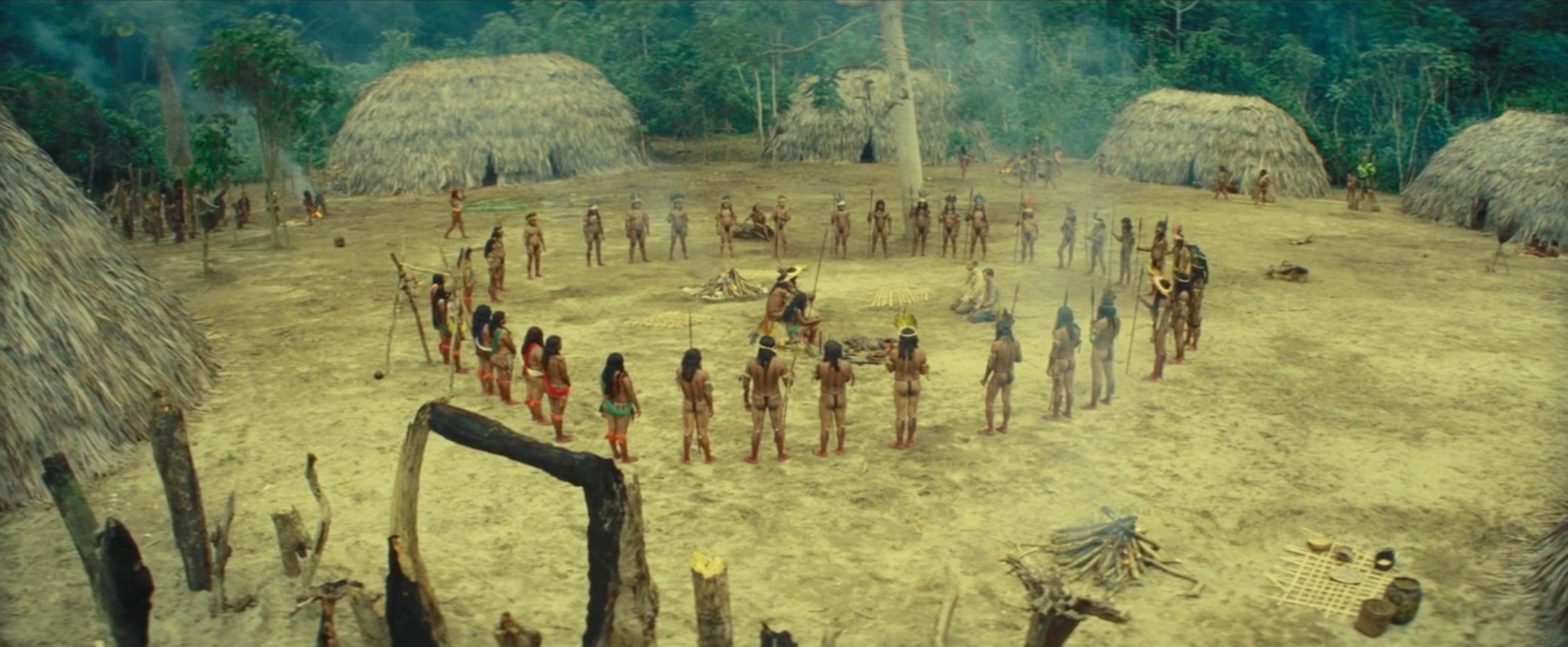
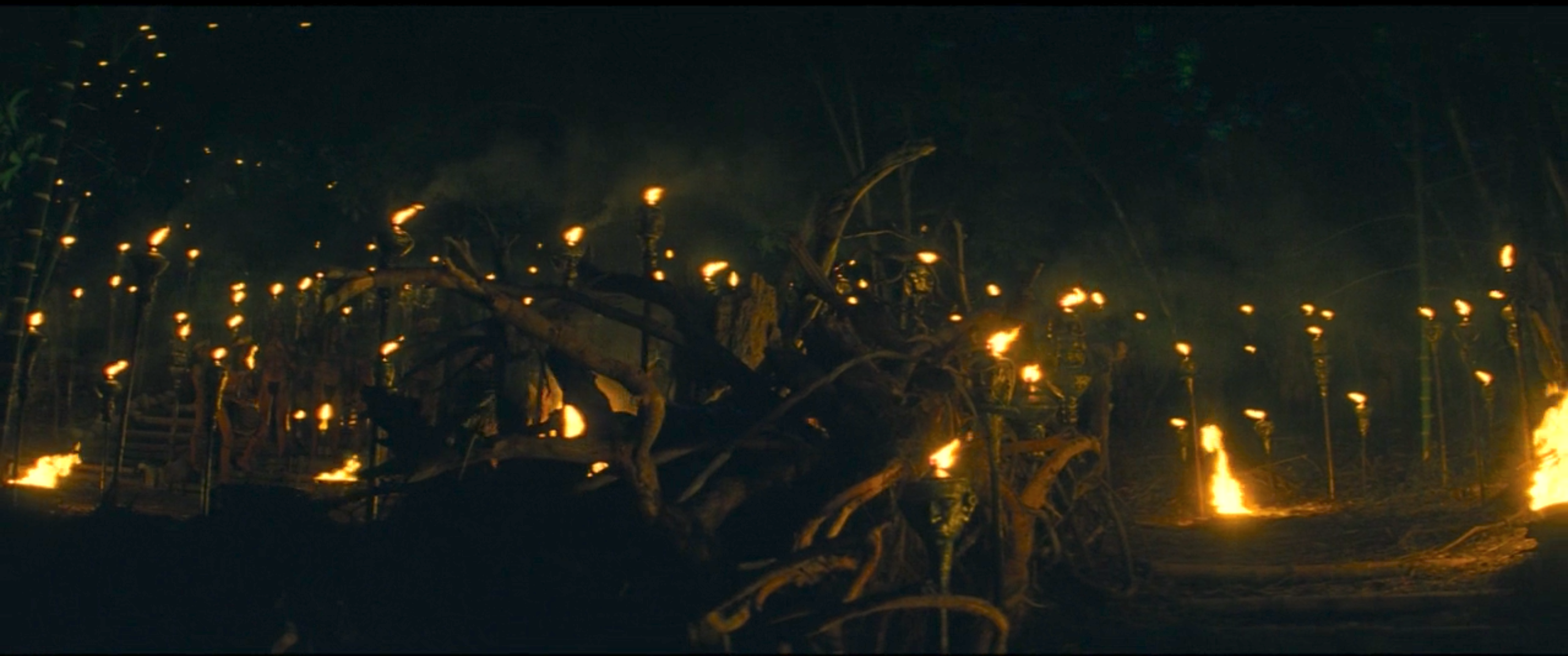
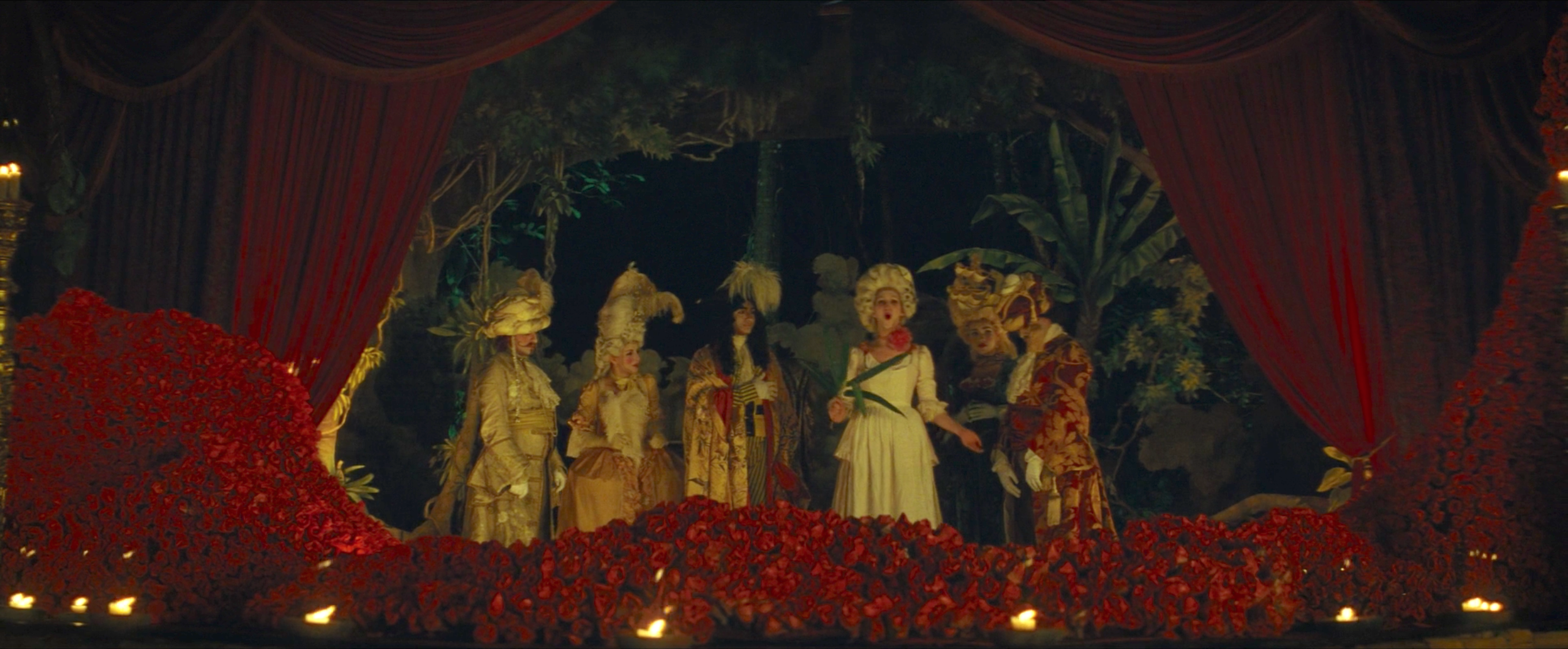
Reader Comments (4)
Regardless of its politics, this was a remarkably beautiful movie. I hope its crafts are part of the annual awards conversations.
Nice write-up and great connection with the opera image. As much as I admired the craft on display I had a lot of trouble with this one--much of which you engage with quite well at the end. It was weird for the film to cast him as an anti-RGS figure since this type of person/idea was the bread and butter of such institutions (you need aspirational/slightly mad men to do the dirty work of empire).
The theosophy movie would have been a much more interesting one. Especially because theosophy post-Blavatsky in England was a weird mix of occultism, feminism, and socialism and actually fostered a lot of interracial collaboration and anti-colonialism especially after WWI. So a dude looking to set up a theosophist society--still with the imperial/racist attitudes that you describe--has a lot of potential for an interesting and tension-filled story (especially when thinking about post-WWI masculinity). I'm fine with movies that deviate from reality when the fictional story is more interesting/engaging. Sadly this movie was often unfocused and felt overlong.
What hurt this movie most (and I think for you too) was that I had just seen Embrace of the Serpent which is so much more lush and nuanced. The whole Spanish mission is just a visual feast that hints at heavy themes but leaves them mostly to the imagination. Pattinson's character in Z, and some good visuals, were the only things that got me through. Pattinson's was a lived-in and complex performance that I think said a lot more about the story/time than the main protagonist as (re-)written.
I've been so eager to rewatch this film. All the visuals are amazing but I'm so unsure about Fawcett's politics. Everything you've said about the look of it is so right and I'm definitely gonna be thinking about this article next time I see it.
I enjoyed the movie - it was a bit paint by numbers but it covered a huge area of his life and his motivations, it was also a story of decline the derring-do of the British empire and particular type of hero. I think that he has been overlooked because he 'failed' but the film shows how he respected the cultures he found, in contrast to the other members of RGS. The class-based snobbery of the period is also well represented.